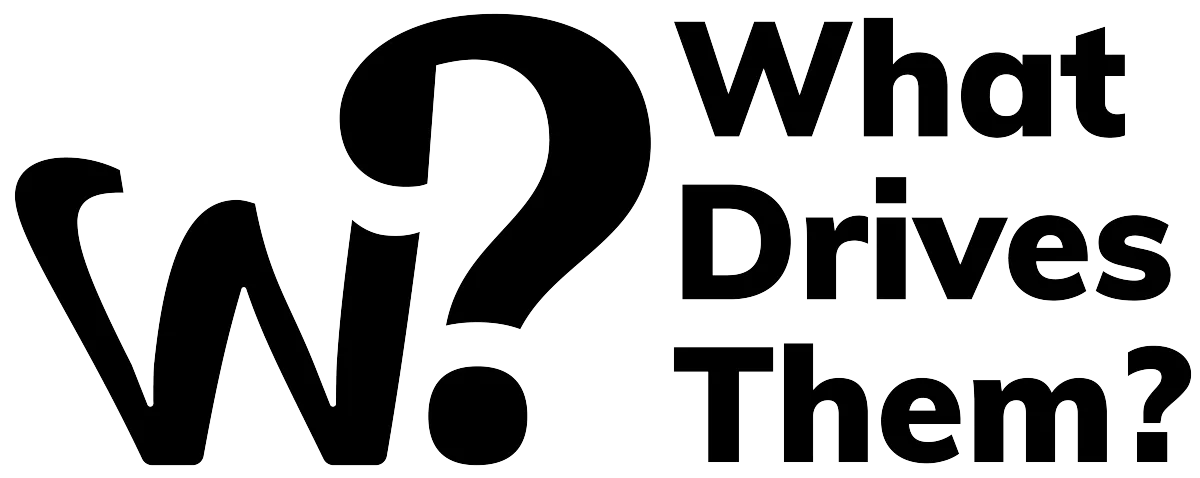
Most Relevant Biases For Designers And Marketers
Decision-Making Biases
Anchoring Bias: We tend to rely too heavily on the first piece of information we hear. For example, if the original price listed on a website is £500, and then it's reduced to £300, we're more likely to see the £300 as a bargain—even if £300 was the intended price all along.
Choice-Supportive Bias: After buying a new iPhone, you might overlook its flaws because you want to believe you made a great purchase.
Decoy Effect: When choosing a data plan, if there's a £15 option and a £30 option, you might lean towards the cheaper. Introduce a less appealing £25 option, and watch the £30 option become more attractive.
Loss Aversion: Imagine being more upset about losing £50 than you are happy about gaining £50. This fear of losing can drive people to insure even minor purchases.
Social Biases
Bandwagon Effect: When a product goes viral on TikTok, suddenly everyone needs it. It’s not just about the product—it's about being part of the trend.
In-group Bias: Apple users often prefer buying from Apple; they trust their "group" and often perceive rival products as inferior.
Social Proof: Seeing many positive reviews on a new restaurant’s Google listing can convince someone to dine there, assuming it must be good if everyone else is going there.
Belief Biases
Confirmation Bias: If you believe electric cars are the future, you’re more likely to notice news about electric vehicles and ignore articles about the resurgence of diesel.
Optimism Bias: Startups might underestimate the challenges ahead, thinking they're more likely to succeed than statistics would suggest.
Overconfidence Bias: A marketer might be sure their campaign will go viral because their last campaign was a hit, underestimating the elements of chance involved.
Attention and Memory Biases
Availability Heuristic: After hearing about a plane crash, you might suddenly feel it’s unsafe to fly, even though flying is statistically safer than driving.
Recency Bias: If a brand released a faulty product last month, it might be the first thing you think of when you hear the brand's name—even if they’ve had a stellar reputation for years.
Von Restorff Effect: In a lineup of black umbrellas, a single red umbrella stands out, making it more memorable and likely to be chosen by shoppers.
Marketing-Specific Biases
Framing Effect: Advertise a beef burger as 75% lean instead of 25% fat, and watch perceptions (and purchases) shift.
Halo Effect: The sleek design of an Apple product often leads consumers to rate its functionality higher—a bias that beautifully benefits brand perception.
Scarcity Bias: Limited edition sneakers create a frenzy not because they’re different, but because they’re rare. 'Only 500 pairs worldwide' can trigger an instant sell-out.
Design-Specific Biases
Aesthetic-Usability Effect: A beautifully designed website is often perceived as easier to use, even if it's not. This is why brands like Airbnb invest heavily in aesthetic, user-friendly design.
Functional Fixedness: Once we see a smartphone as a communication tool, it might take us a while to use it as a remote control for home devices, limiting design innovations.
Mere Exposure Effect: The more we see a logo, the more we tend to like it. This is why companies like Coca-Cola and McDonald's plaster their logos everywhere.


